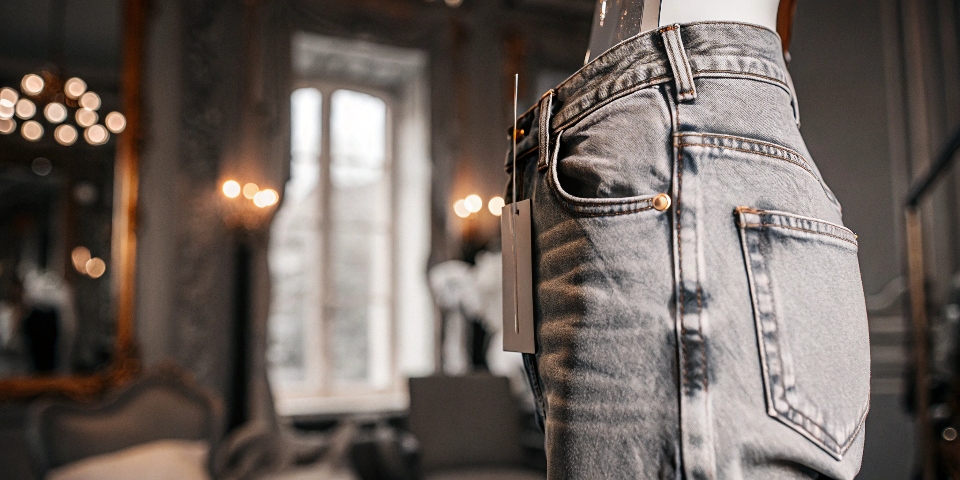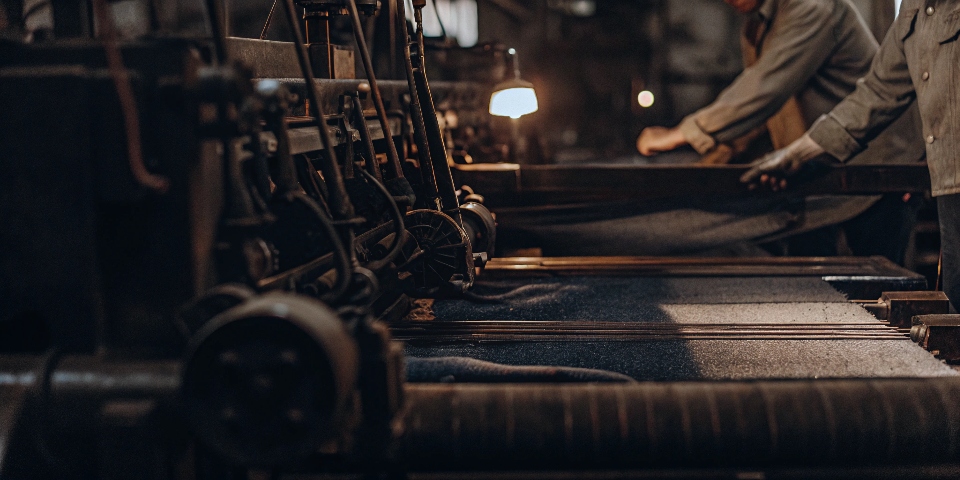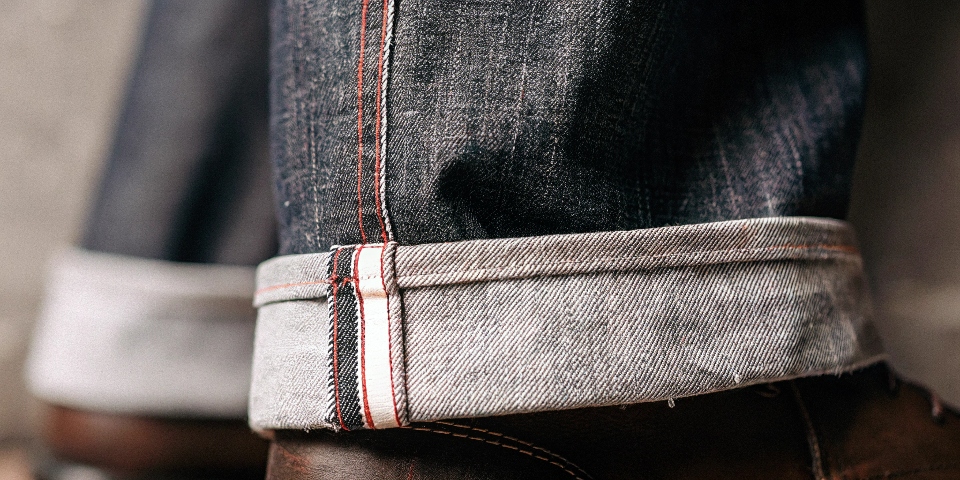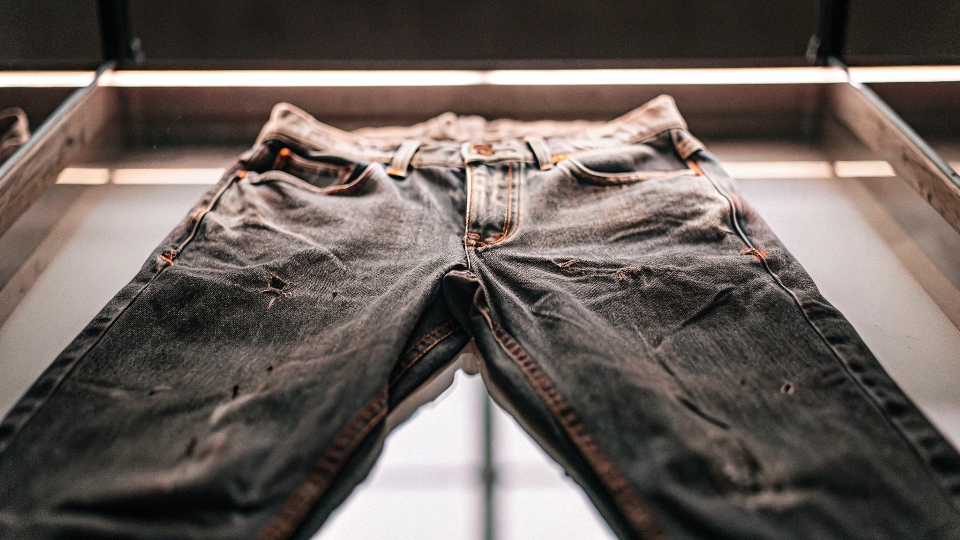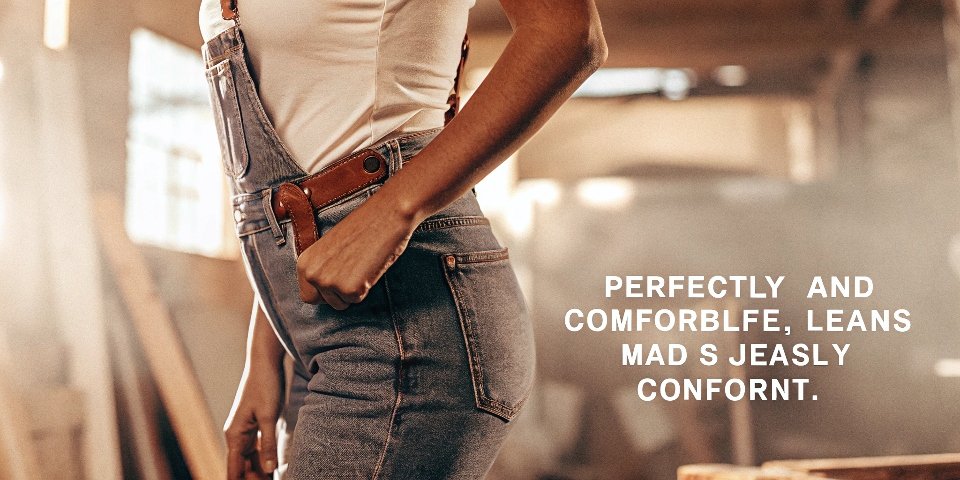You find the perfect jeans, then see the price tag. It's confusing why some cost a fortune. The price isn't random; it’s a story of fabric, labor, and branding.
Jeans are expensive due to a combination of factors: the quality of the raw denim, the complexity of the washing and finishing processes, the cost of skilled labor, and the brand's marketing and markup. Higher-priced jeans often use superior materials and more intricate craftsmanship.
As the owner of a denim factory for over two decades, I see this story unfold every day. I see the raw materials arrive, and I oversee the transformation into a finished garment. A designer like Dean might bring me a concept, and we'll work together to choose a fabric and a washing process that achieves his vision.
Every one of those choices has a cost attached. The huge price range you see in stores, from $30 to over $300, directly reflects these decisions. Let's break down exactly what you're paying for.
Why are jeans so expensive nowadays?
Remember when jeans felt affordable? Now prices seem to climb higher and higher. It’s because modern jeans involve far more complex fabrics, intricate washing techniques, and higher production standards than ever before.
Jeans are expensive nowadays because of the demand for premium fabrics like selvedge or organic cotton, complex multi-step washing processes for unique fades, and the rising costs of ethical and skilled labor1. These factors create a better, but more costly, final product.
In my factory, I can make a "cheap" jean and an "expensive" jean, and the difference is enormous. A basic, low-cost pair uses standard open-end cotton denim. The washing is a simple, one-step rinse to soften the fabric and set the color. The labor is straightforward. But for a premium, modern jean, the process is an art form.
We might start with Japanese selvedge denim2, which is woven on old-style shuttle looms and costs three or four times as much.Then comes the wash. A complex "vintage" wash can involve over a dozen steps: hand-sanding for whiskers, laser-etching for honeycombs, ozone treatments for an even fade, and stone washing for softness.
Each step requires specialized machinery and skilled operators. This is what modern consumers and top designers demand—a jean with character and a story already built-in. That character comes from expertise and time, and both of those things have a significant cost.
| Factor | Low-Cost Jean ($30) | Premium Jean ($200+) |
|---|---|---|
| Fabric | Basic open-end denim | Premium selvedge or sustainable organic cotton3 |
| Construction | Simple, efficient stitching | Complex details like chain-stitched hems |
| Washing/Finish | Simple one-step rinse | Multi-step artisanal process (sanding, lasers) |
| Brand & Marketing | Minimal overhead | High costs for branding, retail, marketing |
Is $200 too much for jeans?
Seeing a $200 price tag on jeans can feel outrageous. You wonder if you're just paying for a label. But often, that price represents a significant leap in quality and durability.
No, $200 is not necessarily too much for jeans if you are paying for premium selvedge denim, superior construction, and artisanal washing techniques. These elements result in a pair that fits better, lasts longer, and ages more beautifully.
This reminds me of a lesson I learned early in my factory career. I needed a specific set of tools. I could buy a cheap set for $50 or a high-quality German set for $250. I chose the cheap set to save money. Within a year, half the tools had broken under the stress of daily use, and I had to buy the expensive set anyway. I didn't save $200; I wasted $50. The same logic applies to jeans. A $200 pair is often made from dense, durable denim that holds its shape.
The stitching is reinforced and won't pop.They are designed to be worn hundreds of times. A $30 pair from a fast-fashion brand might look good at first, but the fabric often stretches out after a few wears and the seams can give out after a few dozen washes. If you calculate the "cost per wear4," the expensive pair often ends up being the better long-term value. You're not just buying pants; you're investing in a garment that will perform and last.
Who would pay $87,000 for a pair of Levi's?
The idea of jeans costing more than a car sounds insane. You ask yourself who on earth would buy them. The answer is simple: collectors who see them not as pants, but as history.
Someone would pay $87,000 for Levi's because they are buying a piece of history, not just clothing. These are typically extremely rare, perfectly preserved vintage pairs from a significant era, treated as collectible artifacts, much like a rare stamp or classic car.
This is a world away from the jeans you and I wear. The person who pays $87,000 for a pair of 1880s Levi's found in a mine is not planning to wear them to the grocery store. They are a collector, an investor, or maybe a museum. This is the fine art market of the denim world. The value comes from three things: rarity, provenance, and condition. An original pair from the 19th century is incredibly rare.
If you can prove its history—its provenance—the value climbs. And if it's in good condition for its age, it becomes a holy grail item. Think of it like a vintage Ferrari or a first-edition book. Its price has nothing to do with its function as a car or a book. It's about its place in history. So while it's a shocking number, it's not part of the consumer clothing market. It's a different game with different rules, played by historians and serious investors.
Is it worth spending money on jeans?
You're deciding between a cheap pair and an expensive one. It's a tough call. Are you wasting money on the premium pair? The real answer depends on what you value most: price or performance.
Yes, it is worth spending more money on jeans if you value durability, a better fit, and a unique look that develops over time. Quality jeans are an investment in your wardrobe that pays off in longevity and how good you feel wearing them.
Ultimately, the decision is personal. As someone who has dedicated his life to this fabric, I believe good jeans are absolutely worth the investment. It comes down to knowing where and what you are buying. As a tourist in a new country, you might buy something from the first shop you see and pay too much. A local knows to go to the outlet mall for a better deal on the same brand. In the US, you can find great Lee or Wrangler jeans for $20 if you know where to look.
But if you want something more, you have to pay for it. A well-made pair of jeans fit5s better because the patterns are more thoughtfully designed. They feel better because the fabric is higher quality. And they last longer because the construction is superior. You are paying for the expertise that went into every stitch and every fade. It's a choice between a disposable item and a long-term companion for your wardrobe.
Conclusion
A jean's price tag tells a story of its materials, craftsmanship, and brand. Knowing this helps you find the pair with the perfect value for you.
-
Learn how skilled labor contributes to the quality and durability of jeans, justifying their higher price. ↩
-
Understanding selvedge denim can help you see why it’s a sought-after material in premium jeans. ↩
-
Learn about the benefits of sustainable materials in the fashion industry. ↩
-
Calculating cost per wear can help you make smarter purchasing decisions for your wardrobe. ↩
-
Understanding fit can help you choose jeans that not only look good but feel great. ↩

